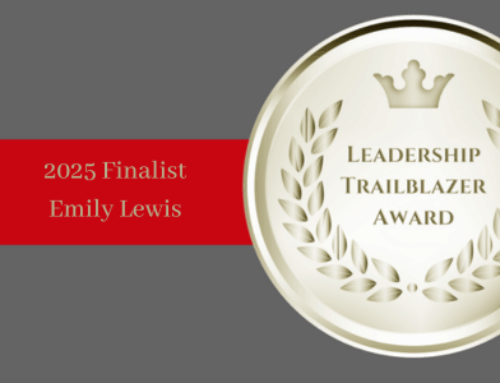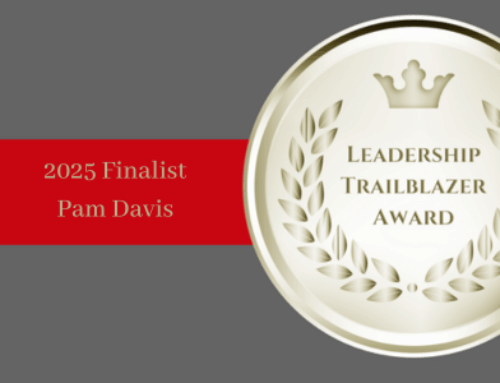Dr. Frank Benest explains how to persuasively use stories to influence public policy decisions.
By Frank Benest, ICMA Liaison for Next Generation Initiatives
I’m a traffic engineer in a small midwestern city. I just had a difficult experience presenting a mobility safety plan to my city council. I did a lot of research on best practices to better protect pedestrians and bicyclists along a fairly busy street, while still maintaining reasonable traffic flow. As part of my report, I presented traffic count, accident data, and made a set of well-balanced recommendations based on the information.
The council members seemed to show support for my recommendations until the public comment portion of the hearing, when a mother with her son beside her told the council about their experience riding bicycles to his school. She stated that the recommendations did not go far enough and demanded action well beyond what the technical data supported. She blew my presentation out of the water, and the council voted to do what she wanted.
It was very frustrating to see policy-makers ignore our technical recommendations. How do I better communicate our recommendations in the future?
___________________________________________________________________
DR. BENEST:I understand your frustration. As a long-time local government manager, I too have tried to communicate and influence public policy decisions based on sound technical research, best practices, and good staff work. Yet I often failed when a little old lady (or in your case a mother and child) has a personal experience or story that trumps my technical data. Over time, I learned that I had to enhance my leadership and communication skills through story-telling.
Why Stories?
We professionals often feel that stories are “fluff.” In fact, stories are the most powerful way to communicate.
Data becomes less important when we are overwhelmed with data. Stories are memorable and make the data “stick.” In research conducted by Stanford University, people retain only 5-10% of the information and message with statistics alone. With data and anecdotes (“stories”), people retain 65-70%.
In addition to helping people retain the message, stories also help leaders connect with their audience. Leadership is all about connection.
Most importantly, stories help us win hearts as well as minds. As opposed to data alone, stories can inspire us to act.
In short, data is necessary but completely insufficient. In making recommendations to senior management or to your governing board, you certainly need data or you will get thrown out of the room. However, to carry the day, you need a narrative to reinforce the data.
Brené Brown defined stories as “data with a soul.” (See Brené Brown’s TED.com talk “The Power of Vulnerability.”)
What is an appropriate story?
A good story that adds value to the data must be a “true” story. An appropriate story must be relevant to the issue and aligned with the data and recommendations. Again, a good story makes the data come alive.
What are the key elements of a good story?
Good stories often have some typical elements:
- The stories are personal with a strong point of view.
- People can relate to the protagonist or situation.
- The narrative involves a big problem, failure, or misfortune.
- The audience develops “rooting interest” in the main character.
- The story builds to a conclusion.
- The experience includes lessons to be learned.
- There’s a “call to action.”
What simple story could you use?
To enhance your safety presentation, you could share a personal experience (which is a “story”). For example, you could start your presentation by briefly relating how you as a resident drive everyday on this well-traveled street from your home to work at city hall. You also often walk this route to the downtown district for lunch. You could relate that due to traffic speeds you feel uncomfortable crossing the street as a pedestrian even though the crosswalks are marked.
You can conclude your personal experience by stating that the street must work and be safe for all users. You could emphasize that staff have tried to develop a set of well-balanced recommendations based on the experiences of other cities, data gathered by the city related to the functioning of the street, and input from several community meetings.
While your presentation may include photos of several traffic-calming measures, you might use a prop to enhance the narrative. For instance, you could hold up one of the bright flags that you recommend pedestrians use as a safety measure in crossing the street.
This is a simple yet effective story. It is aligned with data and underscores the need for the proposed safety plan that works for all. It also attaches a human face (yours) to the proposal and humanizes you.
To read the rest of Dr. Benest’s article, click HERE.
_____
Dr. Frank Benest is ICMA’s liaison for Next Generation Initiatives and resides in Palo Alto, California. If you have a career question you would like addressed in a future Career Compass, e-mail careers@icma.org or contact Frank directly at frank@frankbenest.com.







